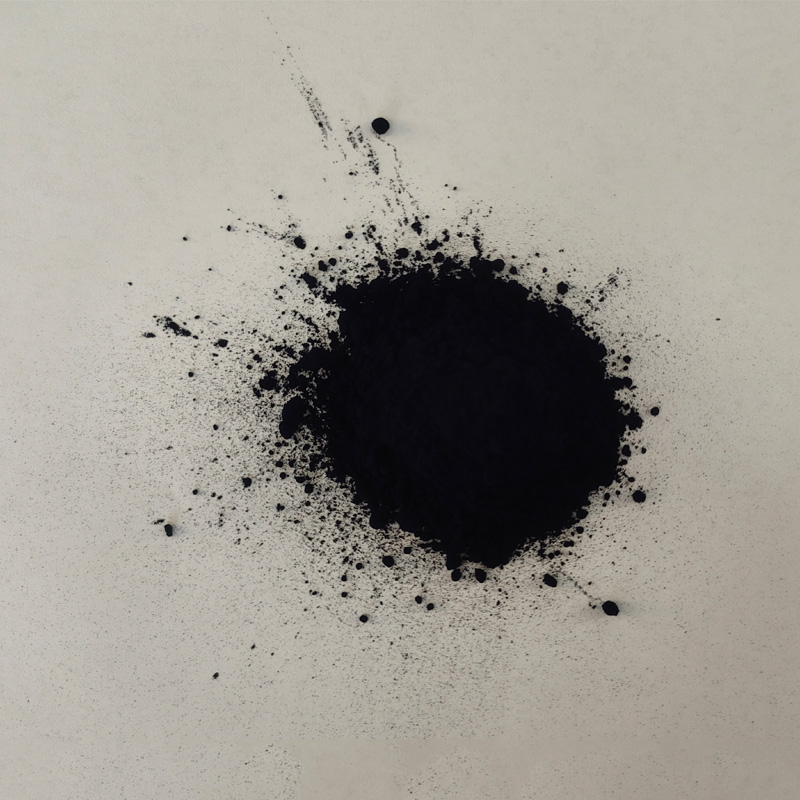Exploring the Beauty and Versatility of Indigo Dyed Clothing Products
The Timeless Allure of Indigo Dye Clothing
Indigo dye, known for its deep, rich blue hue, has woven its magic into textiles for thousands of years. As one of the oldest natural dyes in the world, indigo has been celebrated in various cultures, from ancient Egypt to contemporary Japan. In the realm of fashion, indigo dye clothing offers not only aesthetic appeal but also a fascinating narrative of tradition and craftsmanship. This article explores the enduring allure of indigo dye clothing, its cultural significance, and its sustainable potential in today’s fashion landscape.
A Brief History of Indigo Dye
Indigo dyeing can be traced back to ancient civilizations, where it was obtained from the leaves of the indigo plant. The process is intricate, requiring fermentation to convert the plant’s leaves into a usable dye. In regions like India, West Africa, and Japan, artisans have mastered this technique over centuries. Each culture has contributed unique methods and designs, resulting in a rich tapestry of indigo textiles that vary in pattern and durability.
Japanese indigo, known as ai, is particularly revered for its intricate shibori techniques, where fabric is folded, stitched, or tied before dyeing, resulting in beautiful, one-of-a-kind patterns. In India, the famous bandhani and block printing techniques enhance indigo textiles with vibrant patterns and motifs. Each garment tells a story, echoing the heritage and creativity of its origin.
Aesthetics and Versatility
Indigo dye clothing is treasured for its timeless beauty and versatility. The depth of the indigo color ranges from deep navy to lighter shades, allowing for a wide variety of expressions in fashion. Whether in casual wear, formal attire, or traditional garments, indigo effortlessly complements numerous styles. Denim, perhaps the most iconic indigo-dyed fabric, has become a staple of modern wardrobes globally.
The allure of indigo lies not just in its color but also in its ability to age gracefully. Unlike other dyes, indigo doesn’t fade completely. Instead, it develops a unique patina over time, giving the garment character and a story of wear. As a result, indigo clothing becomes a cherished item, often passed down through generations, creating a sense of nostalgia and connection.
indigo dye clothing product

Sustainability and the Future of Indigo
In an era where sustainability is at the forefront of consumers' minds, indigo dyeing offers an eco-friendly alternative to synthetic dyes. Traditional indigo dyeing methods often utilize natural processes and organic materials. The revival of these methods is gaining momentum as more brands are committed to ethical and sustainable fashion practices.
Not only does indigo dyeing reduce the environmental impact often associated with synthetic dyes, but it also supports local artisans and traditional craftsmanship. By investing in indigo clothing, consumers can play an active role in promoting sustainable fashion while celebrating rich cultural heritage.
Brands like OATLY, known for their indigo-dyed garments, are leading the way, blending contemporary fashion trends with traditional techniques. Their collections prioritize sustainability, sourcing natural indigo and employing environmentally friendly practices. This approach not only attracts environmentally conscious consumers but helps preserve ancient dyeing techniques that could otherwise be lost.
Conclusion
Indigo dye clothing represents more than just a fashion choice; it embodies a connection to history, culture, and sustainability. The deep hues and unique patterns of indigo textiles draw admiration and respect across the globe. As we move towards a more sustainable future in fashion, the resurgence of traditional indigo dyeing practices is a promising reminder of the beauty of craftsmanship and the stories woven into each garment.
Investing in indigo dye clothing means embracing a timeless aesthetic while supporting sustainable practices and celebrating cultural heritage. Whether through a pair of indigo-dyed jeans, a beautifully patterned scarf, or a traditional garment, the magic of indigo continues to resonate, inviting us all to partake in its rich, vibrant narrative.
-
The Timeless Art of Denim Indigo Dye
NewsJul.01,2025
-
The Rise of Sulfur Dyed Denim
NewsJul.01,2025
-
The Rich Revival of the Best Indigo Dye
NewsJul.01,2025
-
The Enduring Strength of Sulphur Black
NewsJul.01,2025
-
The Ancient Art of Chinese Indigo Dye
NewsJul.01,2025
-
Industry Power of Indigo
NewsJul.01,2025
-
Black Sulfur is Leading the Next Wave
NewsJul.01,2025

Sulphur Black
1.Name: sulphur black; Sulfur Black; Sulphur Black 1;
2.Structure formula:
3.Molecule formula: C6H4N2O5
4.CAS No.: 1326-82-5
5.HS code: 32041911
6.Product specification:Appearance:black phosphorus flakes; black liquid

Bromo Indigo; Vat Bromo-Indigo; C.I.Vat Blue 5
1.Name: Bromo indigo; Vat bromo-indigo; C.I.Vat blue 5;
2.Structure formula:
3.Molecule formula: C16H6Br4N2O2
4.CAS No.: 2475-31-2
5.HS code: 3204151000 6.Major usage and instruction: Be mainly used to dye cotton fabrics.

Indigo Blue Vat Blue
1.Name: indigo blue,vat blue 1,
2.Structure formula:
3.Molecule formula: C16H10N2O2
4.. CAS No.: 482-89-3
5.Molecule weight: 262.62
6.HS code: 3204151000
7.Major usage and instruction: Be mainly used to dye cotton fabrics.

